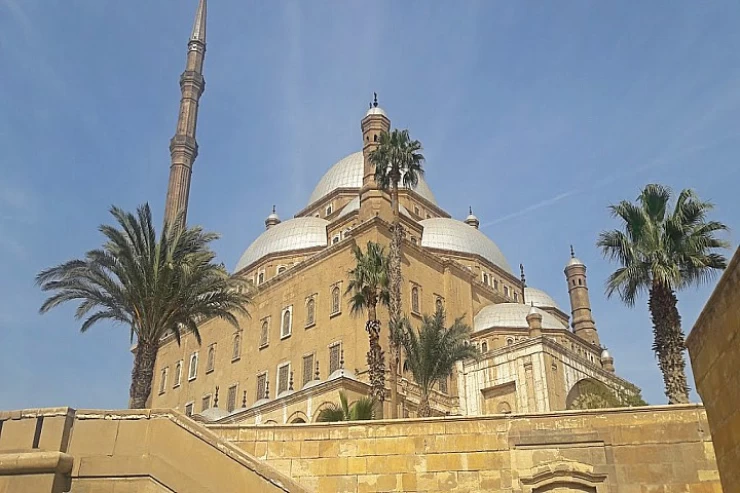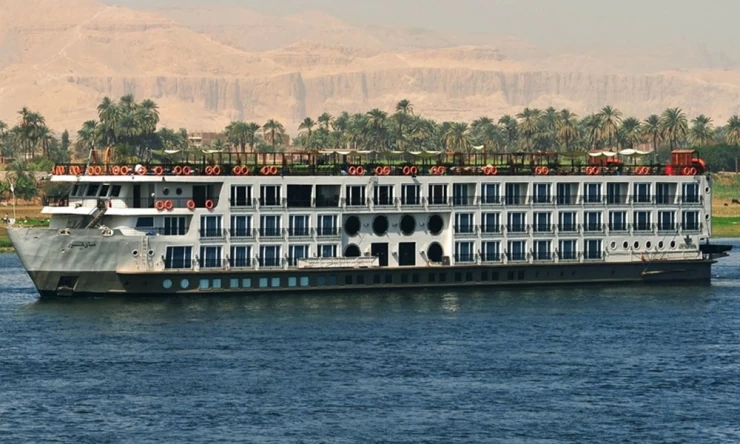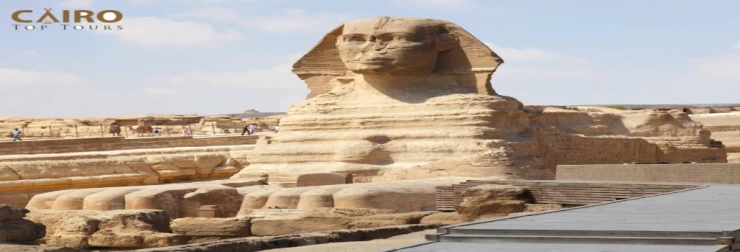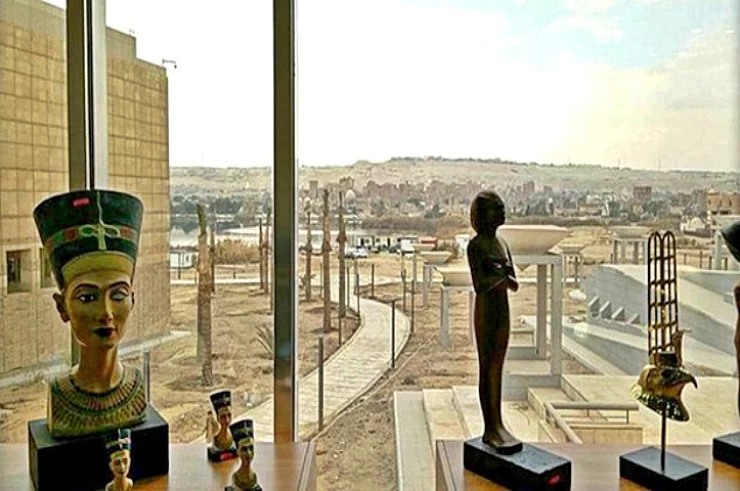
Ancient Egyptian Civilization
Facts about Ancient Egyptian Civilization
One famous reference to civilization is from ancient Egypt with their pyramids, pharaohs, mummies, tombs etc., which prevailed for over three millennia. Yet how did it affect societies in general? The story behind the rise and fall of this civilization spans through a period lasting almost three thousand years (circa 3100 BC – 332 BC) during which Egypt dominated the Mediterranean as well as parts of the Middle East.
From famous pyramids to military conquests of New Kingdom Egypt’s grandeur has always fascinated archaeologists and historians for it has created its very own passionate study; Egyptology. The numerous records depicting ancient Egypt comprise mainly of: monuments and artefacts from the society’s past that were recovered or preserved in various sites across Egypt.
With its agricultural population dependent on the Nile River's yearly flooding, ancient Egypt may be viewed as an oasis in the northeast African desert. The lush floodplains of the Nile Valley, which served as Egypt's sole transportation route, provided the majority of the nation's riches.
Cereal crops, particularly wheat and barley, were the main focus of agriculture. Predicting the timing of the flood ensured the fertility of the land as this made crop yields high. Large surpluses could be stored because to this productivity, and agriculture was the major source of wealth for Egypt, the largest kingdom in the ancient Middle East up to the rise of the great empires in the first millennium BC.
Hieroglyphic language, the earliest stage in language history, began around 2600 BC with the Old Kingdom era and continued until 2100 BC. Famous pyramid inscriptions were recorded according to this phase's grammar and spelling.
The Egyptian language in the Middle Ages, which began around 2100 BC and lasted for about 500 years, is considered the most complete form of the ancient Egyptian language. This stage marked the peak of linguistic eloquence and produced the most remarkable Egyptian literature, making it the ideal starting point for modern Egyptian language learning.
The Egyptian language, known as 'the Egyptian language in the late era', replaced the Middle Age language stage after 1600 B.C. and remained in use until 600 B.C., incorporating foreign vocabulary in commercial documents. The demotic stage, an advanced language stage in Late Antiquity, emerged around the eighth century BC and remained in use until the fifth century AD.
Coptic writing, the final stage of ancient Egyptian language, emerged in the third century BC and remained the primary communication method among Egyptians for over a thousand years. In Egyptian religion, the god of the creator and maker of things, patron of artisans, especially sculptors. Ptah was originally the local deity of Memphis, the capital of Egypt from the First Dynasty onwards. The political importance of Memphis caused the worship of Ptah to expand throughout Egypt. And some other deities.


















